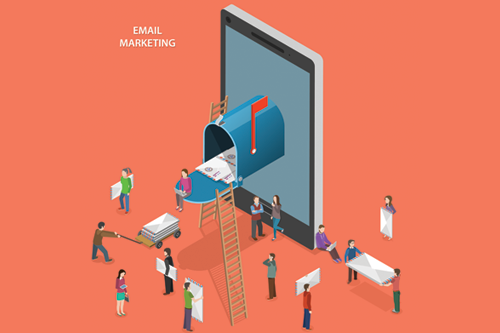
By: Julia Brolin and Kayla Proell
Email marketing is all about mastering the art of trial and error. It’s about analyzing your buyer personas, learning from their behavior, and refining your message according to what works.
We recently achieved an 88.7% open rate on an email we deployed for a client. It’s the highest open rate on any email campaign we’ve ever deployed. We checked the results a number of times to make sure that the data was correct, and to say we were shocked would be an understatement.

So how did we make it happen?
The A/B Test
You can truly run A/B tests on anything. Traditionally, we do A/B tests to see what subject line gets a higher open rate, but we’ve also used them to experiment with a variety of CTAs by varying the language, placement, font, and color—all with the goal of improving click rates within emails.
Pro tip: Don’t change too many elements at once! You won’t be able to accurately discern which change contributed to the increased results. Be comfortable with iteration and testing to get better results every time.
In this case, we decided to run an A/B test between a designed email and a text-only email. This came after Hubspot recently released new data proving that nothing boosts opens and clicks as well as an old-school, plain-text email.
When running the A/B test, the results of the text-only send were clearly better than the designed version. We deployed the actual email just 24 hours after the test, and got these amazing results:
Yes! Everyone who opened the email also clicked!
Why Plain Text?
There are a few reasons why plain-text emails tend to perform better than their designed HTML counterparts, especially in the education industry. Here is what we’ve learned after years of working in edtech:
Our Biggest Takeaways
So, next time you want to amp up the effectiveness of your email, try testing a plain-text email. Use what you learned to update your buyer personas, and forge ahead to the next send!
Thanks for sharing!
PRP Group, a Hawke Media Company, is an award-winning full-service education PR and marketing firm serving the pre-K–12 and higher-ed community.